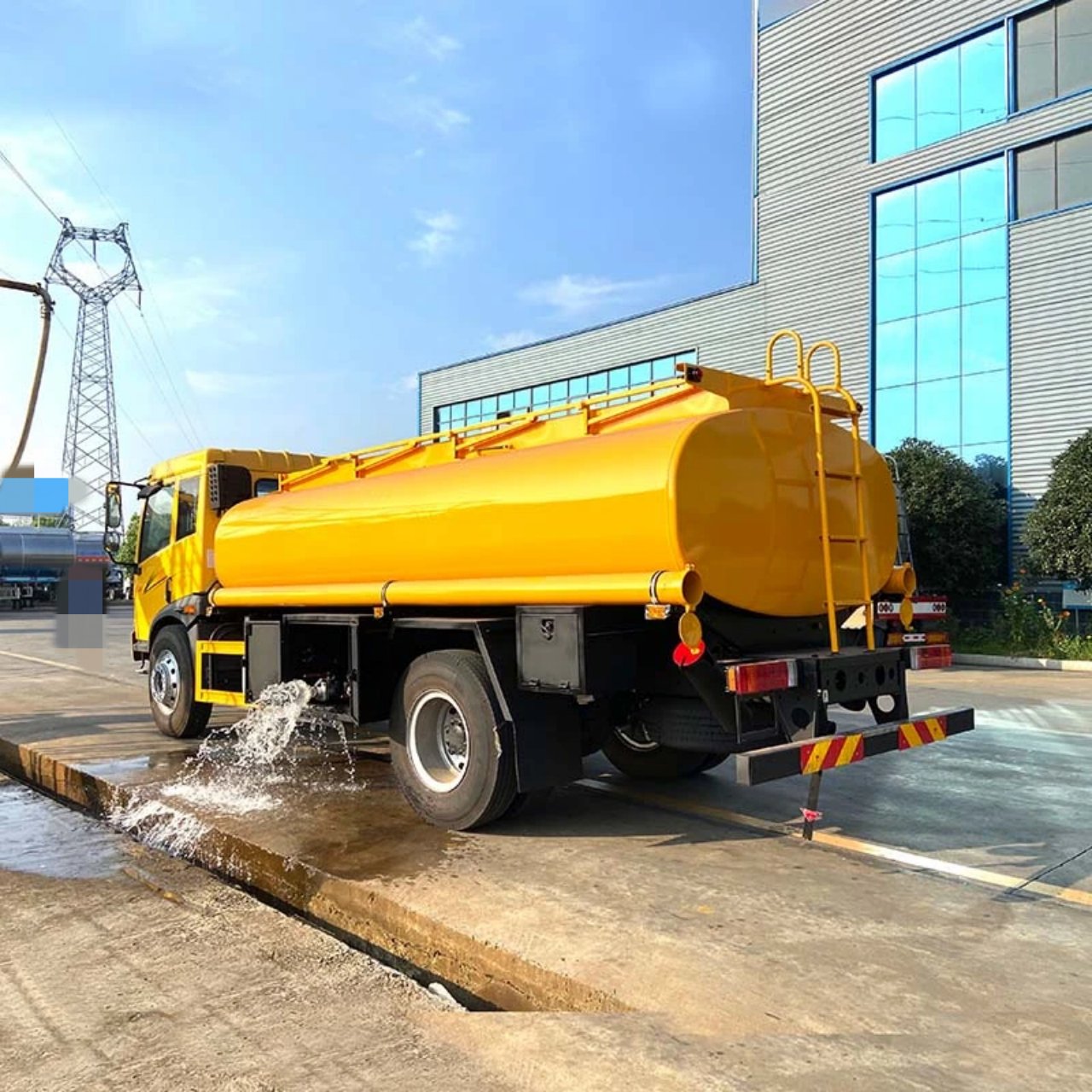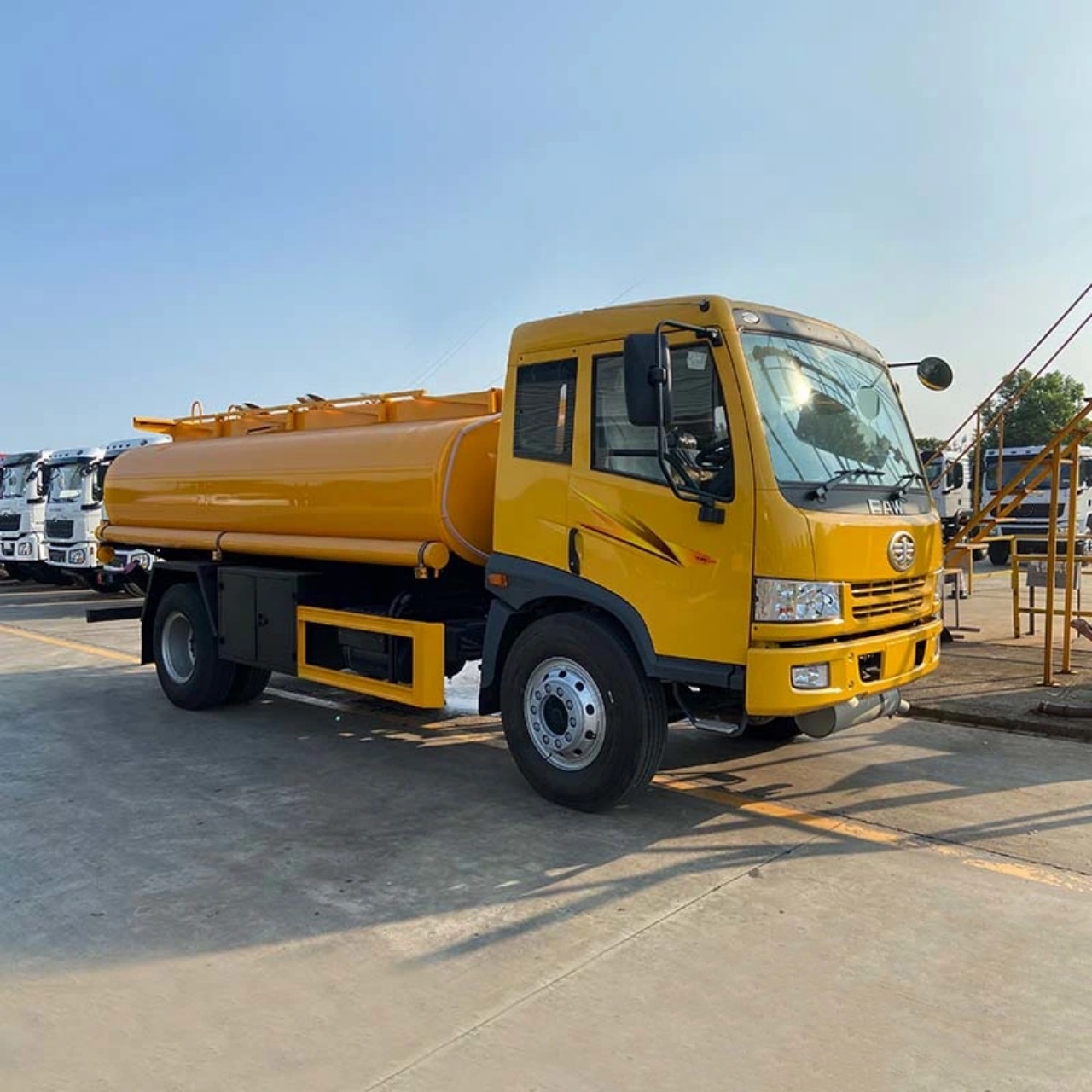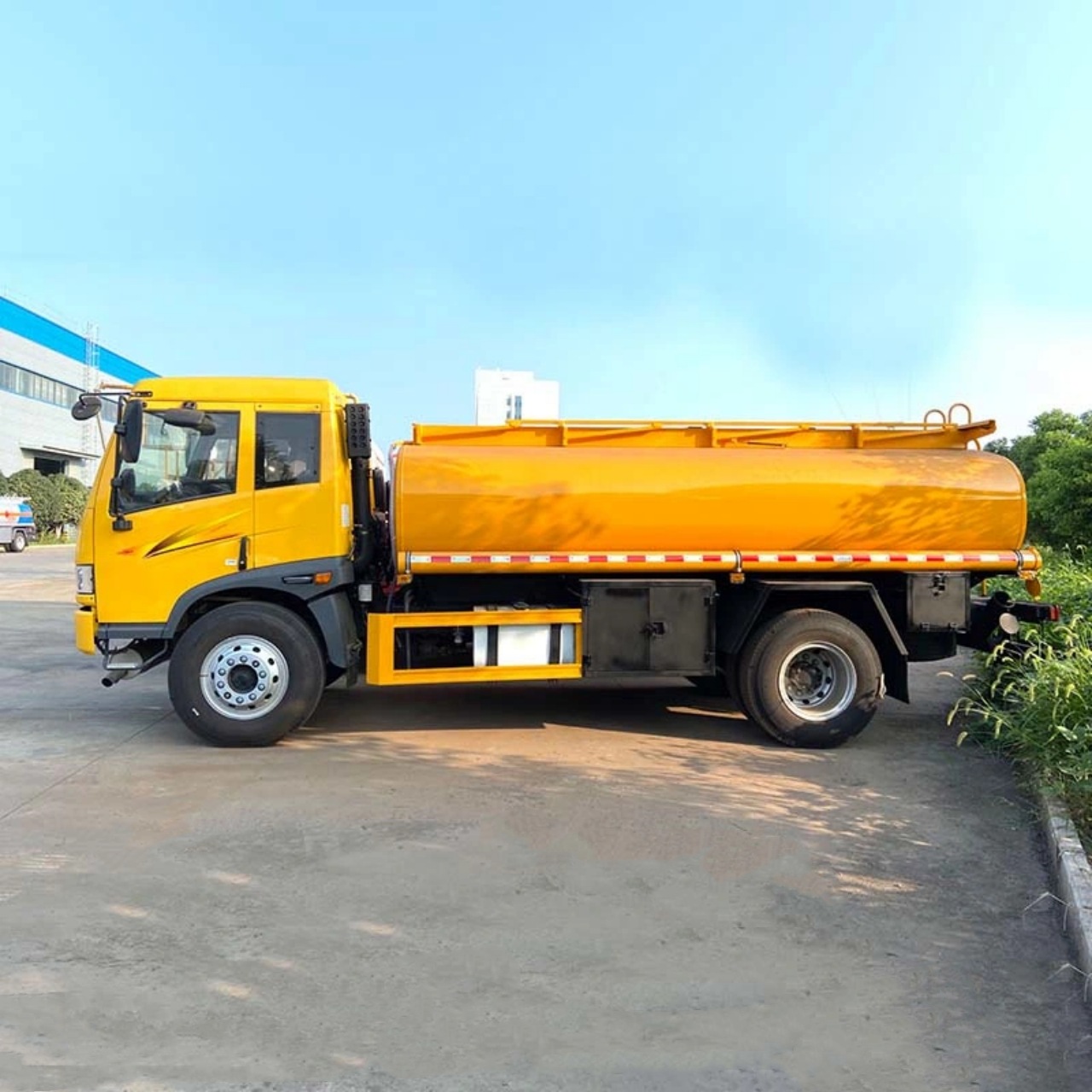When people see a large truck carrying fuel or petroleum products, they often refer to it as an “oil truck.” But what is an oil truck called in technical and industry terms? The answer depends on the type of oil being transported, the function of the vehicle, and regional naming conventions. While “oil truck” is a common term used by the general public, the transport industry uses more specific terms such as fuel tanker, oil tanker truck, petroleum tank truck, or even lubricant delivery truck.
Let’s dive deeper into the terminology, types, components, and uses of oil trucks to better understand what they are called and what roles they play.
1. The General Term: Oil Truck
The term oil truck is broadly used to describe any truck that transports oil-based products. This can include:
- Crude oil
- Refined fuels (gasoline, diesel, kerosene)
- Lubricants
- Heating oil
- Waste oil or used motor oil
Because the term “oil” can refer to so many substances, the more specific name of the truck often depends on what type of oil it is carrying and its purpose.
2. Proper Industry Names for Oil Trucks
A. Fuel Tanker Truck
A fuel tanker truck is a more precise name for a truck transporting refined fuels such as gasoline, diesel, or jet fuel. These are the trucks you often see refueling gas stations or aircraft at airports. Fuel tanker trucks are designed with strict safety standards due to the flammable nature of their cargo.
B. Petroleum Tank Truck
This term is used to describe trucks that carry any kind of petroleum product, including crude oil, gasoline, diesel, or other refined products. It’s a general term but more specific than “oil truck.”
C. Crude Oil Tanker Truck
These trucks transport crude oil from oil wells or storage facilities to refineries. They are heavy-duty vehicles with tanks designed to hold unrefined oil, often under special conditions to prevent contamination or degradation.
D. Heating Oil Delivery Truck
In colder regions, you’ll find heating oil trucks delivering fuel oil to residential or commercial heating tanks. These trucks typically have metering systems that allow drivers to deliver specific quantities.
E. Lubricant Truck or Lube Truck
These are specialized trucks used to deliver lubricating oils to industrial or automotive facilities. Lube trucks may have multiple compartments for carrying different types of oils, greases, and even antifreeze.
3. Tanker Truck Anatomy and Design
To understand what oil trucks are called, it’s also helpful to understand how they are built. Most oil trucks fall into the tanker truck category, meaning they consist of a truck chassis with a tanker body mounted on the frame. Here’s a breakdown of key components:
- Tank Body: Usually made of aluminum or stainless steel, sometimes lined with special coatings for chemical resistance.
- Compartments: Most oil tankers are divided into compartments, allowing the vehicle to carry multiple types of oil or fuel at once.
- Pump and Hose Systems: These allow the driver to transfer liquid from the tank to the customer’s storage facility or equipment.
- Metering Systems: Used for accurate delivery and billing, especially for heating oil and lubricants.
- Safety Features: Includes pressure relief valves, grounding cables, fire extinguishers, and emergency shut-off valves.
4. Classification by Size and Use
A. Light-Duty Oil Trucks
These trucks are smaller and are often used in urban or residential settings. Heating oil delivery trucks fall into this category. They’re more maneuverable and typically have tanks ranging from 1,000 to 3,000 gallons.
B. Medium-Duty Oil Trucks
Used for regional deliveries, these trucks can carry 3,000 to 5,000 gallons of fuel or oil. They might transport diesel to construction sites or supply farms with fuel for machinery.
C. Heavy-Duty Oil Tankers
These are the big rigs—tractor-trailer combinations that haul large volumes of oil over long distances. Some can carry up to 11,000 gallons in a single trip. Crude oil tanker trucks and long-haul petroleum trucks fit this category.
5. Types of Oils Transported
Different oil types require different truck designs. The name of the truck often changes with the product:
- Crude Oil → Crude Oil Tanker
- Gasoline/Diesel → Fuel Tanker or Petroleum Tank Truck
- Lubricants → Lube Truck or Lubricant Delivery Truck
- Waste Oil → Waste Oil Collection Truck
- Heating Oil → Heating Oil Truck or Fuel Oil Delivery Truck
Each of these types of oil has different viscosities, flammability levels, and regulatory requirements, so the trucks must be specially equipped.
6. Regulations and Safety
Oil trucks are governed by a range of national and international transportation regulations, depending on the product being transported:
- DOT (Department of Transportation) standards in the U.S.
- ADR (Agreement concerning the International Carriage of Dangerous Goods by Road) in Europe
- Hazardous Materials Regulations (HMR) for fuel and chemical transport
Because many oil products are considered hazardous materials, tanker trucks must meet rigorous safety standards. This includes placards for identification, grounding during loading/unloading, and spill containment systems.
7. Regional Naming Differences
Terminology can also vary by region. For example:
- In the United States, the terms “fuel tanker,” “heating oil truck,” and “crude oil hauler” are common.
- In the United Kingdom, terms like “oil delivery lorry” or “petroleum tanker” are frequently used.
- In Australia, you might hear “fuel bowser truck” or “petrol tanker.”
These differences don’t typically change the truck’s function, but they do affect how people refer to them in everyday conversation.
8. Specialized Oil Trucks
There are also specialized trucks for niche oil-related tasks:
- Vacuum Oil Trucks: Used to collect waste oil, typically from automotive service stations or industrial machines.
- Hot Oil Trucks: Common in oilfields, used to heat and circulate oil to clean pipelines or other equipment.
- Off-road Oil Tankers: Designed for rough terrain, especially in mining, oilfield, or military applications.
Conclusion
So, what is an oil truck called? While “oil truck” is a perfectly fine term for general use, industry professionals use more specific names such as fuel tanker truck, crude oil hauler, or lubricant delivery truck, depending on the type of oil and its purpose.
Understanding the terminology helps us better appreciate the variety of vehicles involved in the oil and fuel delivery industry. Whether it’s bringing heating oil to a home, fueling a construction site, or transporting crude oil across a continent, each type of oil truck plays a vital role in modern energy logistics.






